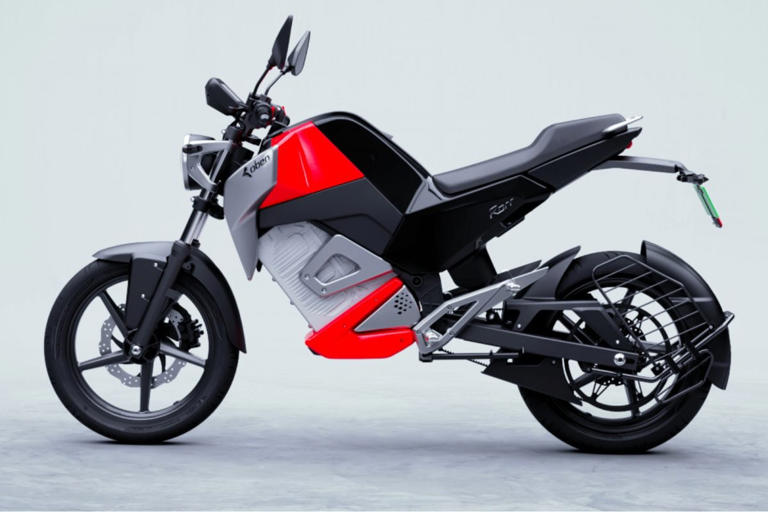Medilytix Bureau : EVs and EV production are undergoing vicissitudes at an escalating tempo. As the road to transition picks up momentum, novel inventions are being commercialised steadily. These are not only across structural designs, futuristic styling, and advanced systems, but also across component development, R&D, and battery technology. This has further been bolstered by the ecosystem stressing the need for better-performing EVs, bringing them at par or better than conventional automotives.
While production and components move up the scale in terms of quality, design, performance, and output, 40% of that is still dictated by their battery power and performance. Lithium-ion batteries have long assisted the earliest batch of EVs as the most popular power source coming off assembly lines. But there has been and will always be more room for improvements as we seek the best of EVs. This has ushered in a new epoch for the development of advanced chemistry compositions (ACC).
Research & Testing is now bringing forth safer, better performing, fast-charging, and longer-running batteries. One such proven yet robust battery type is the LFP from the first-line gen of Lithium-ion batteries.
E-4Ws are widely using LFP, or Lithium Ferro Phosphate, in the country, so we see much better electric cars today. Most electric two-wheeler manufacturers offer vehicles with NMC or Li-ion batteries based on their vehicle type, segment, and vehicle dynamics. While the battery plays an important role, its use case basis also decides the kind of battery one wishes to offer. For example, the low-speed segment may attract a different type of battery based on the performance and output expected from the vehicle or the purpose it is expected to fulfill.
LFP is made up of iron and phosphate, both of which are naturally occurring elements in the country.Hence, they do not require extensive excavations at greater lengths like nickel and cobalt. Toxic substances such as nickel and cobalt must be imported if an NMC battery is being manufactured in India. The volatile price of nickel saw a 107% price hike in March 2022, pushing the overall cost of manufacturing an EV in the country. LFPs are less toxic and less harmful to the environment.
It has been scientifically proven that LFPs are a better alternative than others. They are also able to meet the extreme tropical climates of India due to their ability to withstand 30% higher temperatures. Apart from its efficient heat dissipation and thermal stability, the LFP battery needs to go along with a battery pack design that not just evenly distributes heat but ensures maximum heat exchange with the environment. Hence, making sure that the battery pack remains cool as one rides the two-wheeler.
LFPs have a low self-discharge rate, offering a better range and longer life cycles. Again, as proven, LFP chemistry provides three times longer lifecycles. They are less susceptible to problems caused by the depth of discharge, being designed to discharge up to 80–90% of the total capacity without long-term damage, hence having more range. It requires low maintenance, resulting in the least downtime while maintaining optimum output.
These turned out to be far more advantageous and extended not just during their usable life cycle in EVs but also at their end-of-life cycle, for example, for static applications such as UPS. The recycling rate of an LFP battery is higher compared to an NMC.
As EVs take centre stage, the industry will witness battery chemistries that will be free of heavy metals and can outperform lithium-ion batteries. Organizations are targeting developing batteries that will be cheaper, charge faster, and pack more energy density and power. Most international research labs are already testing and are firm on presenting the next line of battery compositions such as Sodium-ion, Metal Air, Lithium-metal, solid-state, and many more, which will make EVs worldwide safer, faster, and run longer.


